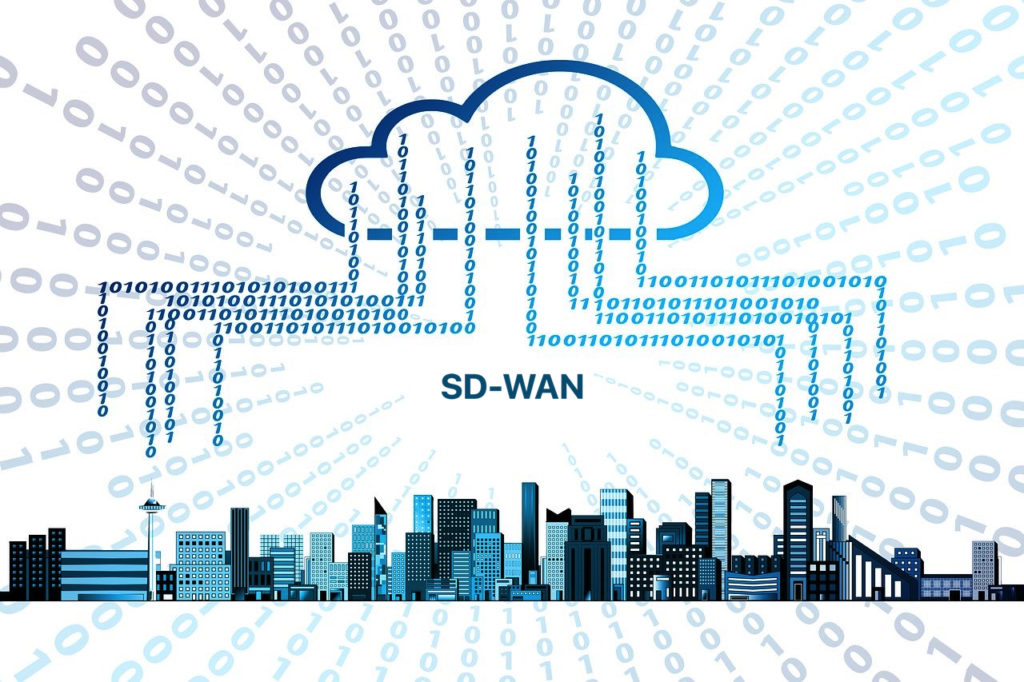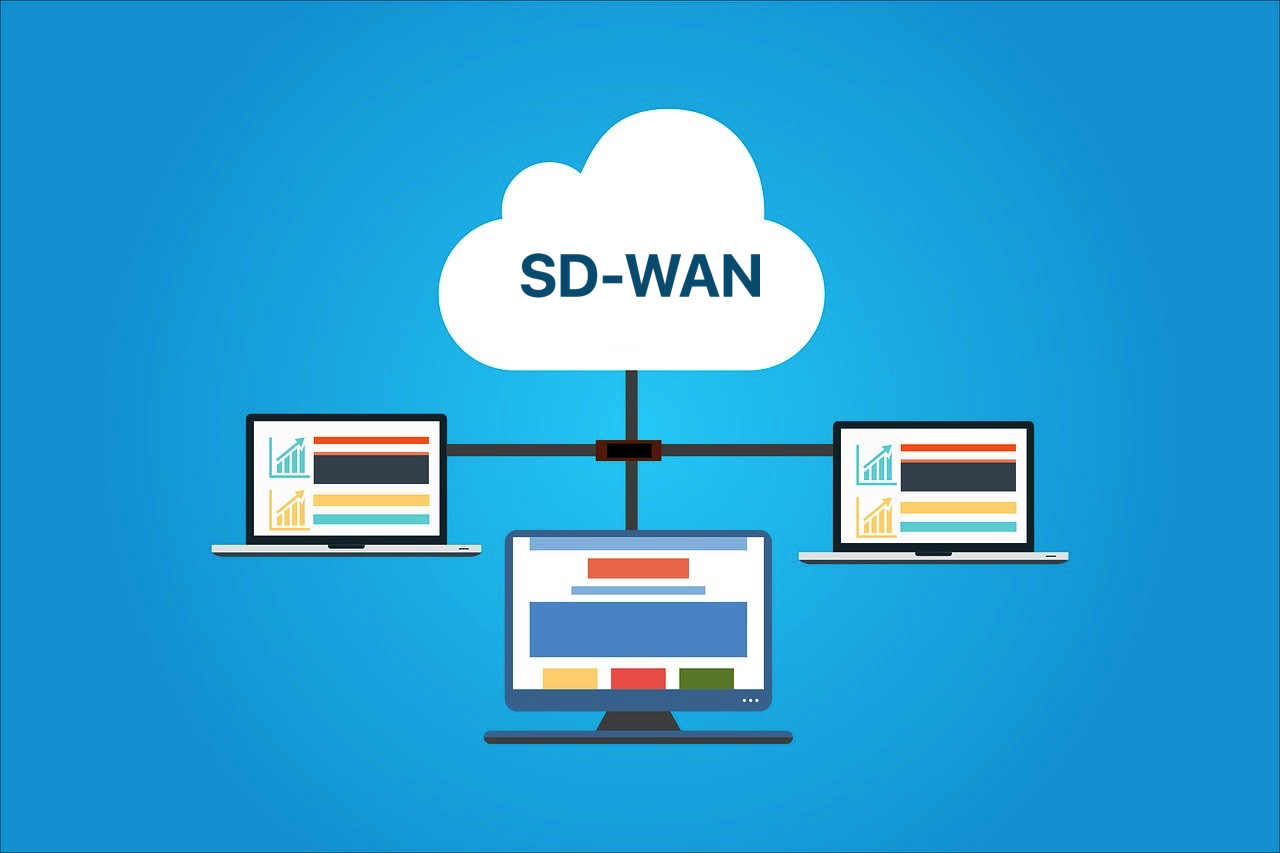What Is SD-WAN?
A software-defined wide-area network (SD–WAN) is an approach to wide-area network management or WAN. The main benefits include:
- Reduce costs of transport autonomy across MPLS, 4G/ 5G LTE, and other types of connections.
- It improves the application’s efficiency and enhances agility.
- Optimize software-as-a-service (SaaS) and public cloud application user experience and efficiency.
- Automation and cloud based administration simplifies processes.
- Advantages of Cisco SD-WAN
Why now for SD-WAN?
The traditional WAN
The traditional wide-area network or WAN function was to connect branch or campus users to server-hosted applications in the data center. Dedicated MPLS circuits were typically used to assure security and reliable connectivity. In a cloud-centric world, that doesn’t work.
Today’s IT challenges
There has been a change throughout points of time. Though companies are using SaaS and infrastructure as a service (IaaS) applications in various clouds, IT is aware that the operating experience of the application is weak. This is because WANs built for a different age are not really ready for the unparalleled WAN traffic boom that cloud adoption is bringing. This traffic causes the complexity of management, the unpredictability of application performance, and data susceptibility.
In addition, it reveals significant risks and problems of enforcement to the Internet and the cloud. When applications are reached by a diverse workforce, including staff, associates, vendors, suppliers, and visitors, it is incredibly difficult to safeguard a company’s vital assets. The WAN broadband allows for more severe safety criteria, generating difficulties for IT to balance user experience, security and safety, and complexity.
The new WAN

The need for a new network model is driven by new business models.
SD-WAN tackles the current challenges of IT. This new network connectivity approach can reduce operational costs and enhance resource use for multi-site applications. The bandwidth can be utilized effeciently by network administrators and can help to ensure excellent productivity of significant applications without compromising protection or data privacy.
What are the benefits of SD-WAN?
The conventional WAN architecture was limited to companies, branches, and data centers. When a company has taken the form of SaaS and IaaS cloud-based services, the WAN design has experienced an explosion in traffic control applications going to worldwide.
These changes affect IT in several ways. The SaaS application performance difficulties will affect employee productivity. With inefficient use of specialized circuits and backups, WAN expenses will increase. IT is struggling to link multiple types of users with several different types of devices to several cloud environments every day.
Through SD-WAN, IT can provide routing, threat prevention, efficient unloading of costly circuits, and streamlining of WAN network management. The following can provide business advantages:
Better application experience
- High quality for all essential business applications with reliable operation.
- Multiple working hybrid links for all network conditions.
- Advanced powered network traffic with network-sensitive routing to ensure efficient supply and better user experience.
- Enhanced OpEx by replacement of cheaper Multiprotocol Label Switching service (MPLS) with more affordable, accessible broadband (including safe VPN connections).
Enhanced security
- Application-aware regulations with end-to-end segmentation and access control in real time.
- Embedded protection against threats at the right place
- Secure traffic through the broadband Internet and to the cloud
- Providing NGFW, DNS security, and NGAV security to branches and remote endpoints.
Connectivity optimized for cloud
- WAN extension in multiple public clouds without any problem
- Excellent results configured for Microsoft Office 365 and other main SaaS applications Salesforce
- Optimized operations for cloud programs including Microsoft Azure and Amazon Web Services (AWS)
Simplified management
- A single, centralized, web-based management dashboard for WAN, server, and security setup and management.
- Null touch provisioning template-based for all locations: branch, campus, and cloud.
- Detailed application monitoring and WAN output for market analysis and forecasting of bandwidth
- Read the study from IDC.
MPLS vs SD-WAN
SD-WAN has evolved from the MPLS technology that for over two decades has driven private connectivity. SD-WAN can be regarded in many ways as a software abstraction of a broad-base scenario technology: it provides secure, privately owned connectivity, is cloud-conscious and agnostic to all kinds of links and providers. Although MPLS handles failure scenarios with backup connections, SD-WAN manages them using centralized policy-based real-time traffic steering. Since SD-WAN unifies the entire WAN backbone, it provides global network-wide analysis. This was previously not possible due to disparate structural and policy elements.

